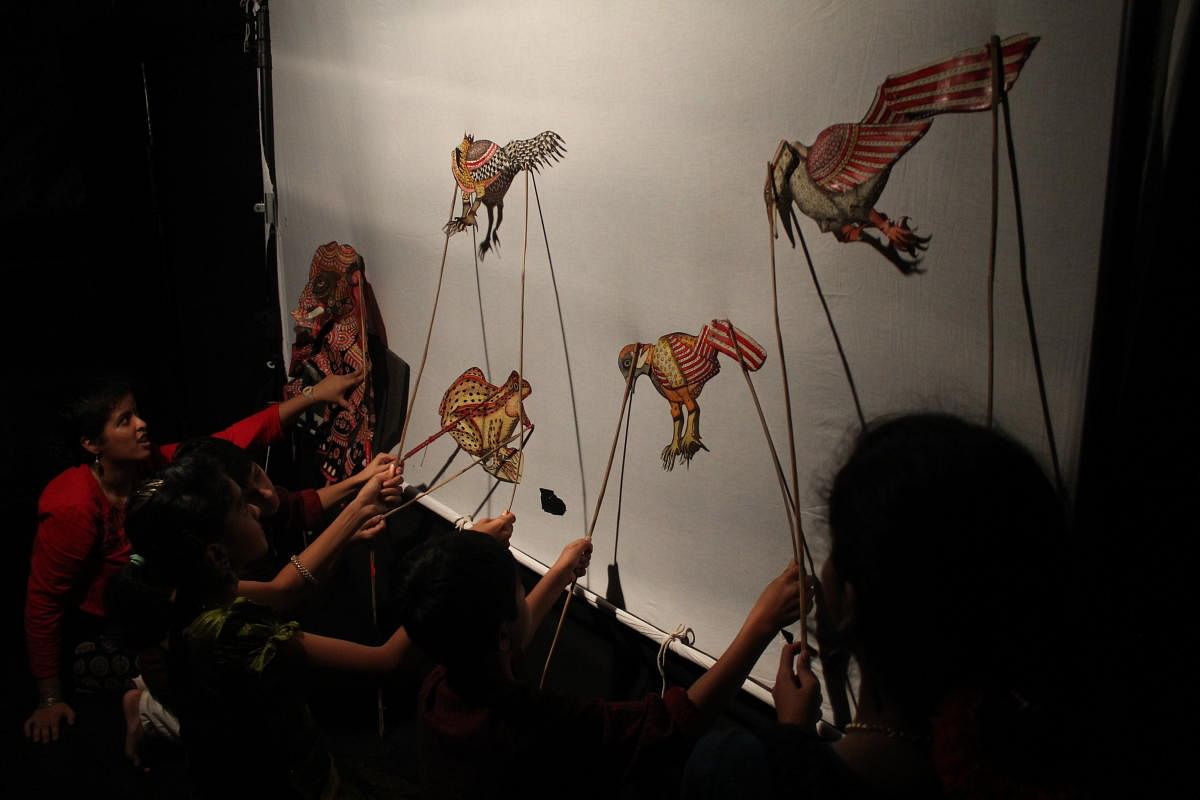
Puppetry is like a physical replica of animation. An unbridled expression of one’s imagination, it is thought of as a lost art form by many. However, many individuals in Bengaluru have taken up puppetry, both as a hobby and as a profession.
“The dolls that have been shaped by humans can express more than humans themselves,” says Anupama Hoskere, director of Dhaatu, a non-profit organisation encouraging puppetry.
Anupama took to puppetry 25 years ago, with an aim to introduce culture and tradition through it to children. “I fell in love with the art and started touring the state to learn more about it. It was then that I realised that not many people are into this anymore. So, I started designing puppets and putting up shows,” she says.
Many people in the rural parts of the state are also actively pursuing puppetry now, in an effort to showcase traditional art forms which are on the verge of extinction.
“I did not even know the meaning of puppets until recently. However, I took it up after attending a workshop conducted by Anupama Hoskere. I liked the art form as it tells a story,” says Ningavva, a puppeteer from Chikkodi, who now practises puppetry and also teaches it to the kids of her village.
It is a view echoed by Prabhi Tangsu Das, a puppeteer from Tripura who showcases the traditional art form of Agartala. He and his team will perform Rabindranath Tagore’s Chandralekha in the upcoming Dhaatu puppet festival.
Arathi Parigi is another puppeteer from Bengaluru who took up puppetry after being inspired by Dhaatu.
“Even my children have taken to puppetry now. They consider it a stressbuster and it has helped them perform better academically,” says Aarathi.
Mythily Shikarpur, a dancer and singer who also practises puppetry, considers it as a mixture of all other art forms. “There’s ‘taala’ in puppetry; all the puppets are moved according to a certain rhythm,” she says.